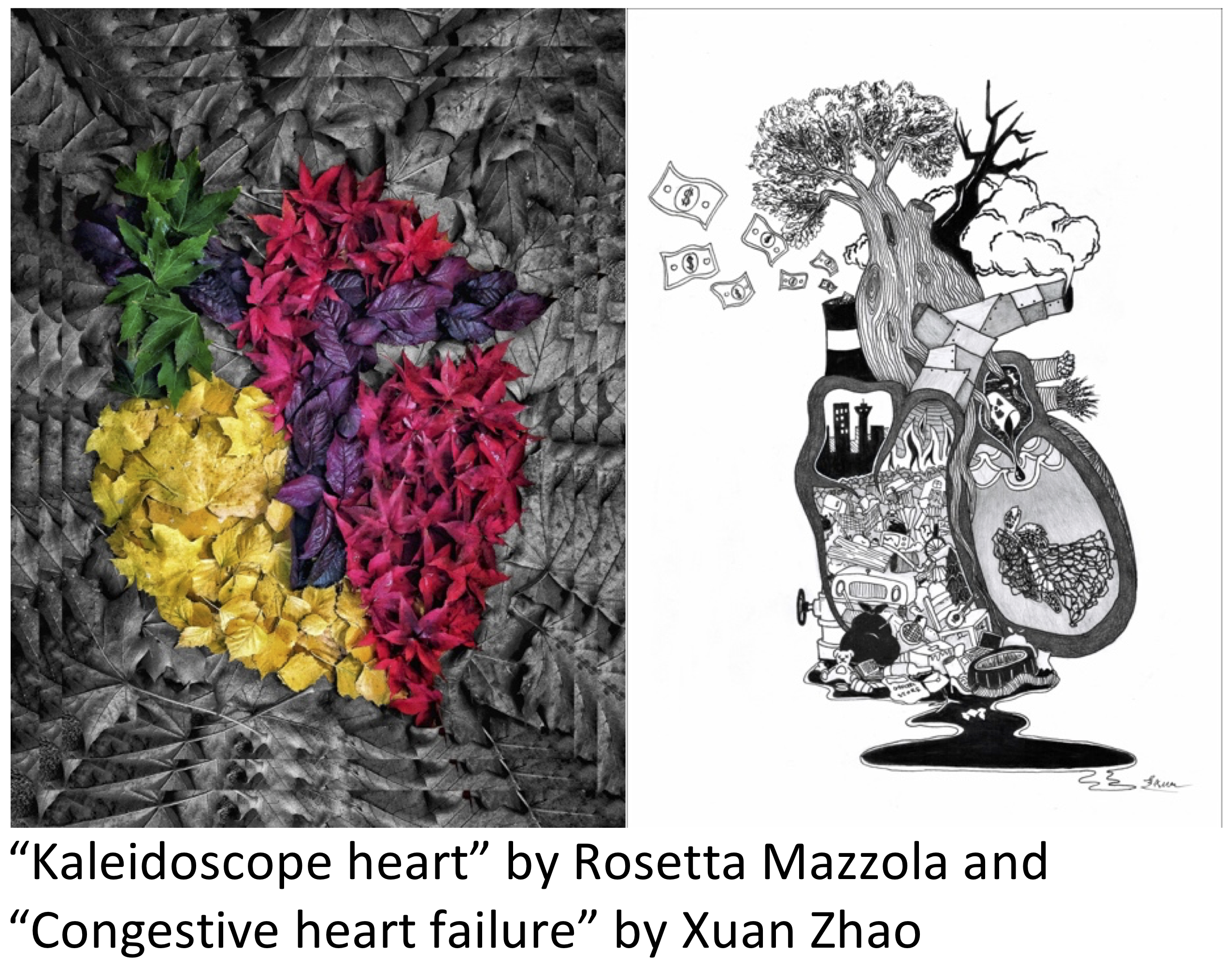Building successful and sustainable academic health science partnerships: exploring perspectives of hospital leaders
DOI:
https://doi.org/10.36834/cmej.53013Keywords:
Academic Medical Center, Health Education, Teaching Hospitals, UniversityAbstract
Background: Clinical work-based internships form a key component of health professions education. Integral to these internships, academic health science partnerships (AHSPs) exist between universities and teaching hospitals. Our qualitative descriptive study explored the perspectives of hospital leadership on AHSPs: what they are composed of, and the facilitators and barriers to establishing and sustaining these partnerships.
Methods: Fifteen individuals in a variety of hospital leadership positions were purposively sampled to participate in face-to-face interviews, after which a thematic analysis was conducted.
Results: Participants reported that healthcare and hospital infrastructure shapes and constrains the implementation of clinical education. The strength of the hospitals’ relationship with the medical profession facilitated the partnership, however other health professions’ partnerships were viewed less favourably. Participants emphasized the value of hospital leaders prioritizing education. Further, our findings highlighted that communication, collaboration, and involvement are considered as both facilitators and barriers to active engagement. Lastly, opportunities stemming from the partnership were identified as research, current best practice, improved patient care, and career development.
Conclusion: Our study found that AHSPs involve the drive of the university and hospitals to gain valued capital, or opportunities. Reciprocal communication, collaboration, and involvement are modifiable components that are integral to optimizing AHSPs.
Downloads
Published
Issue
Section
License
Submission of an original manuscript to the Canadian Medical Education Journal will be taken to mean that it represents original work not previously published, that it is not being considered elsewhere for publication. If accepted for publication, it will be published online and it will not be published elsewhere in the same form, for commercial purposes, in any language, without the consent of the publisher.
Authors who publish in the Canadian Medical Education Journal agree to release their articles under the Creative Commons Attribution-Noncommercial-No Derivative Works 4.0 Canada Licence. This licence allows anyone to copy and distribute the article for non-commercial purposes provided that appropriate attribution is given. For details of the rights an author grants users of their work, please see the licence summary and the full licence.






